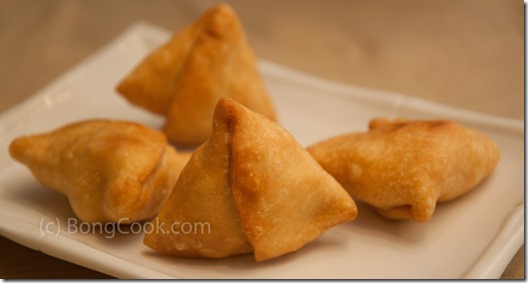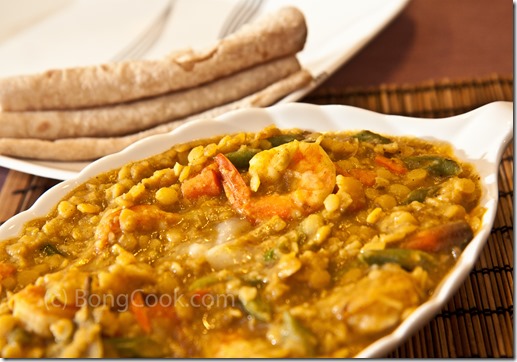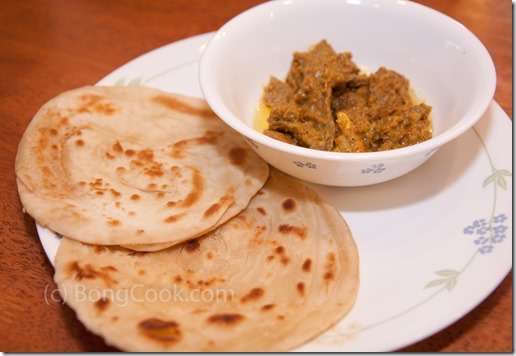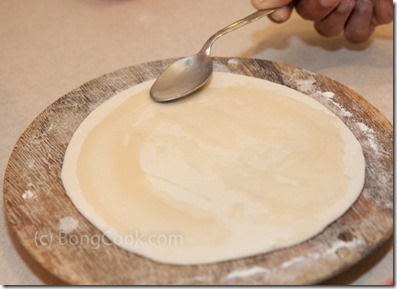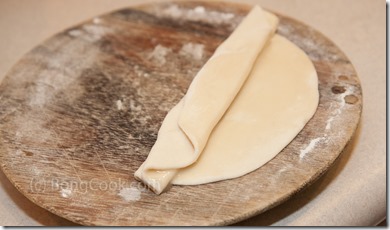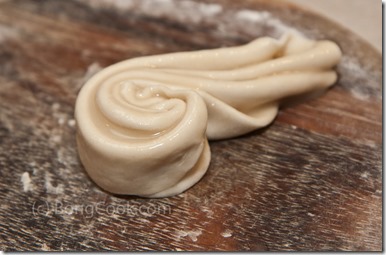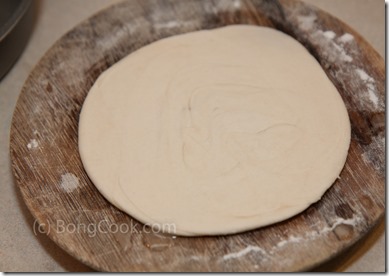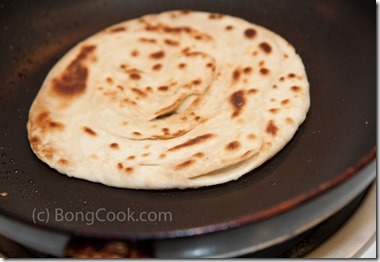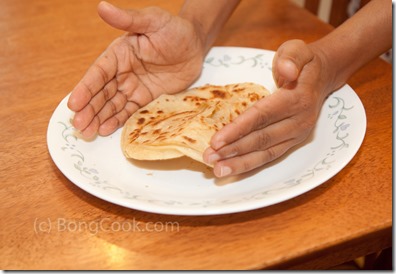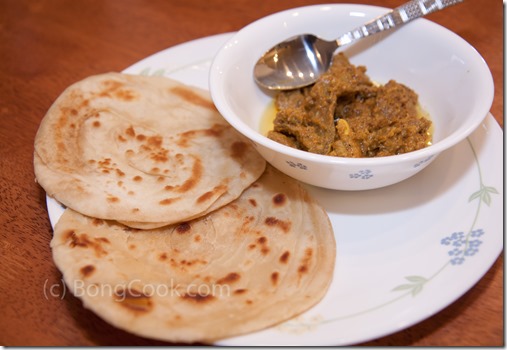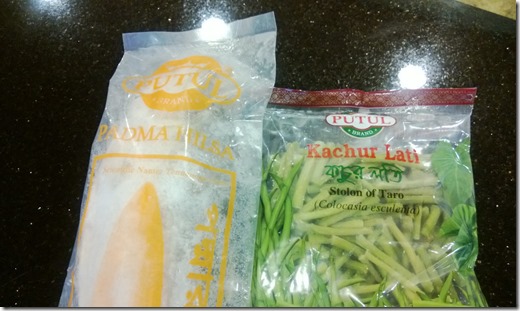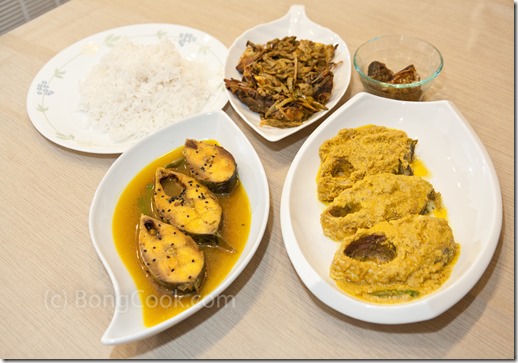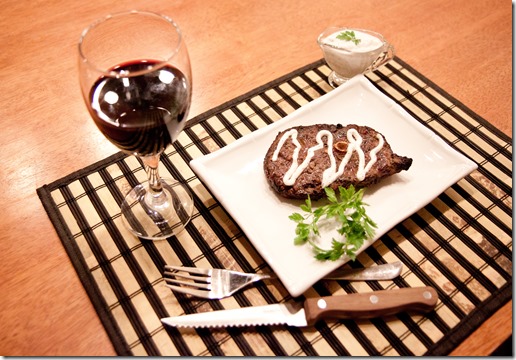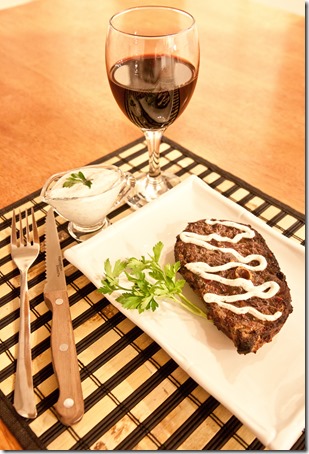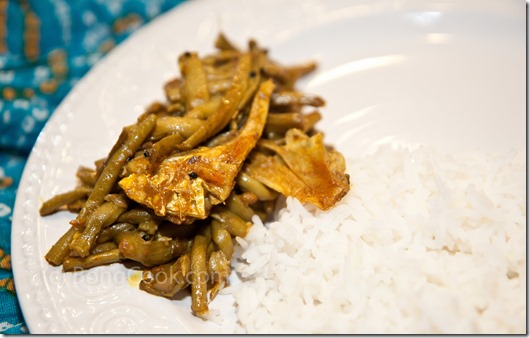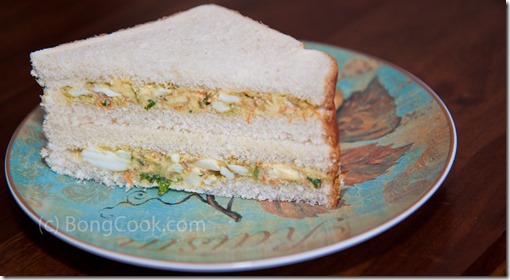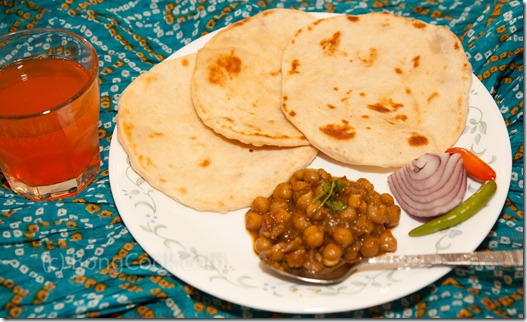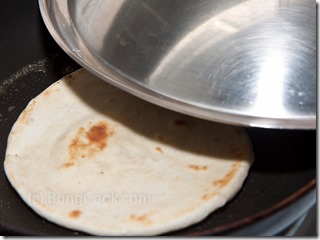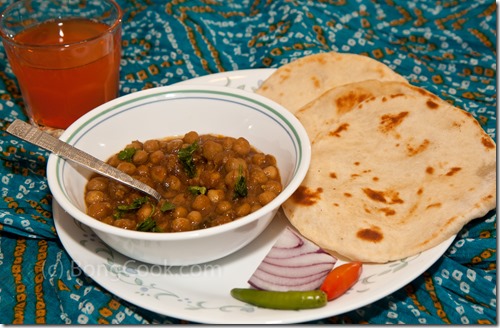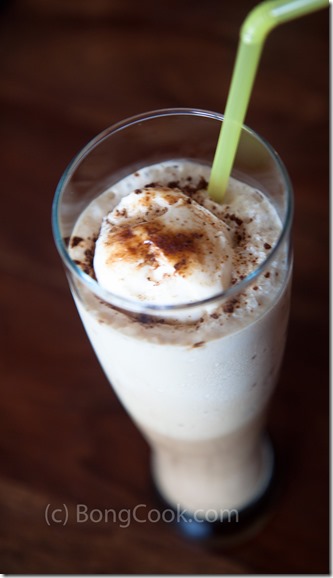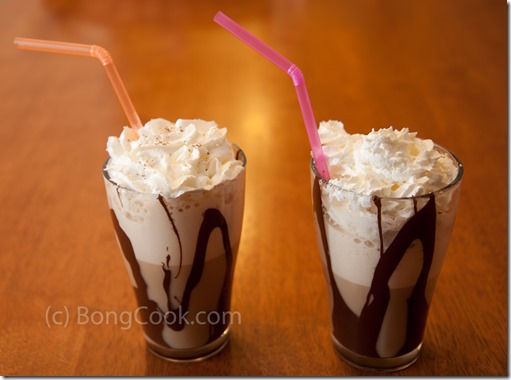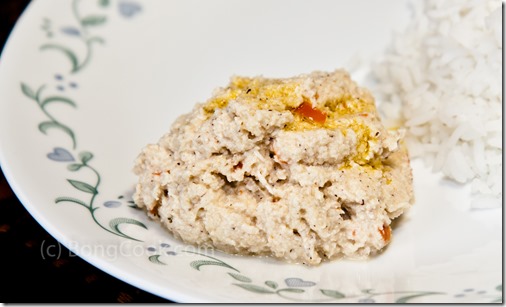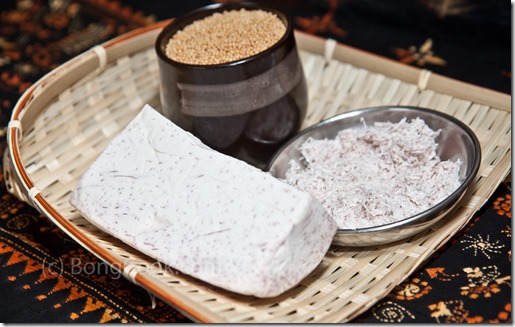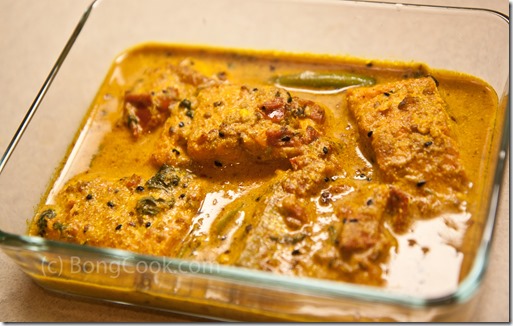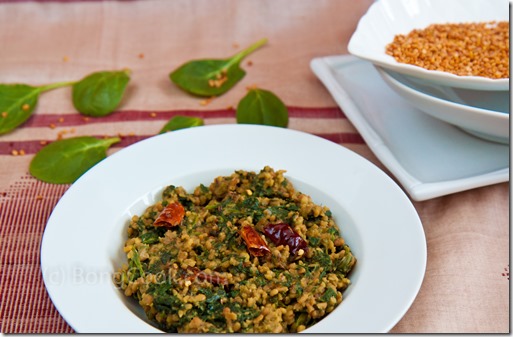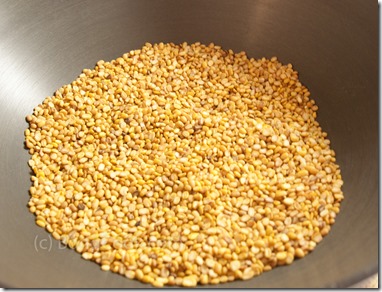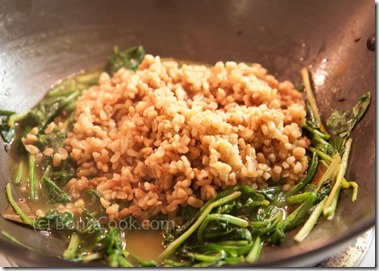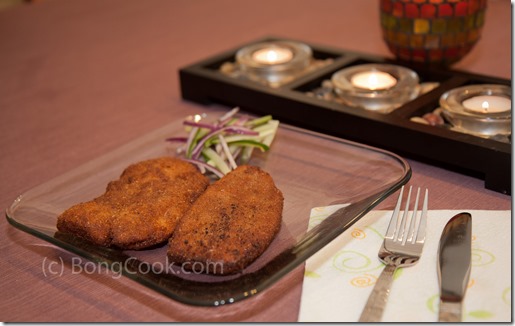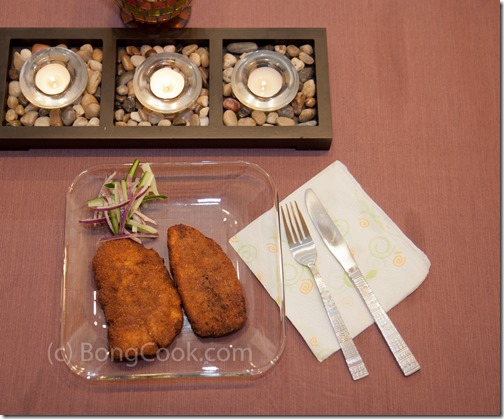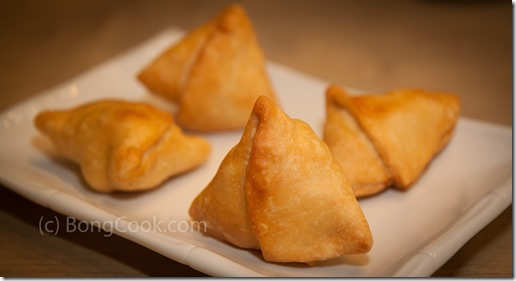
In my last trip to Kolkata, I reached Delhi airport in the wee hours of the morning. As we were departing out of the international arrival I overheard another fellow Bengali talking loudly over the phone. He was instructing his parents at 4:00 in the morning to ask their driver to buy Singara from “Bhola’s shop” while coming to pick him up from the Kolkata airport. I could really understand his craving for Singara. This is something we miss dearly on weekend breakfasts and when friends come over for some pure Bengali “adda”. We get Samosa’s here but they differ considerably in their filling with the traditional Bengali Singara.
Last week we were heading out to our friends home to meet their new-born and to spend the evening there. I decided to make some traditional Bengali Singara with cauliflower and potato filling. Thousands of miles away from home the “adda” got a special authentic touch.
TIPS
Singara is not that hard to make, however, there are some common pitfalls. You need to ensure that you have the right “moyen” which is the amount of oil in your dough. This will decide how crisp your singara will be. Too much oil results in brittleness. The local stores use dalda and other stuff to make over-crispy samosas, so that they can sell it through out the whole day. It’s not healthy and we will refrain from that.
Similarly the temperature of the oil in which you fry is also very important. It should be low so that the shell gets evenly cooked and it remains crisp for a longer time.
Also note that re-heating the Singara in Micro-wave makes them go soggy. Make them fresh or re-heat in conventional oven.
Ingredients for the Filling
- 5 medium sized potatoes boiled and peeled
- 1 cup cauliflower florets
- 1/2 cup green peas
- 1/4 cup roasted peanuts
- 1”ginger grated
- 2 green chilies finely chopped
- 1/2tsp. turmeric powder
- 1/2tsp. dry red chili powder
- 1tsp. whole cumin seeds (jeera)
- 2 – 3 tsp. bhaja masala (dry roast whole cumin, coriander seeds along with dry red chili and grind them into a powder)
- 1tsp. sugar
- Salt
- 1tbsp. vegetable oil
Procedure For the Filling
Bring a pan of water to a boil and add cauliflower florets and peas to it. Cook them covered for 2 – 3 minutes and then drain the water. Break all the vegetables ( Potatoes + Cauliflower) in uneven shapes with a spoon.
Heat 1tbsp. oil in a pan and add cumin seeds. Let it sputter and then add roasted peanuts and green chilies to it. Fry for a while and then add cauliflower and peas. Keep them frying before you add boiled potatoes to it. After potato add grated ginger, turmeric powder and chili powder. Keep frying till everything mixes well. Since all the vegetables are cooked be gentle while frying so that they don’t become mushy.
Season with salt and sugar and fry till there is no traces of moisture. Now add bhaja masla and mix again once more before you turn the heat off.

Ingredients For Shell
- 3 cups all purpose flour (maida)
- 4tbsp. clarified butter (ghee)
- 1tsp. salt
- 1tsp. sugar
- Enough oil for deep frying
Procedure
In a mixing bowl take flour, salt and sugar and mix them well. Add 4 tbsp. of ghee and rub it with flour using your finger tips. Knead the flour into a tight dough by adding some water. Let it rest for at-least 30 minutes.
Divide the dough into lime sized balls.
Apply oil on a wooden board or kitchen counter and start rolling each portion of dough in oblong shape with the rolling pin.
Cut the rolled out dough into halves.
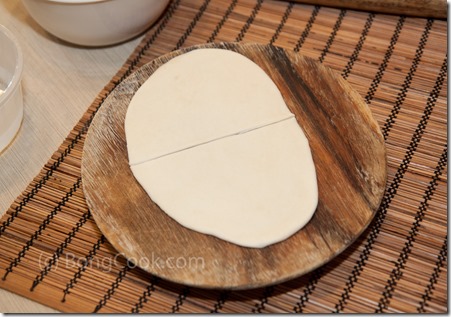
Brush water on both sides along the straight edge and then fold the edges to make a cone. Fill 3/4th of it with the potato stuffing.
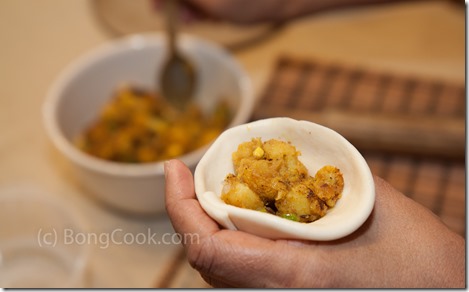
Now smear the open edge with water and make a fold just opposite to the join of the cone. This is important to do otherwise the shape will not be retained after frying. Seal the ends by pressing gently with your finger tips.

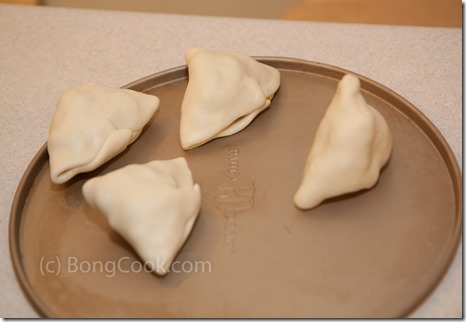
Take enough oil in a wok and put it on low heat. Add samosas to the oil. Essentially the oil should not be hot. This will make the samosa uniformly crispy which will last longer.
Fry them on low heat for 6-7 minutes and then on high heat for another 2- 3 minutes. Remove when they turn golden
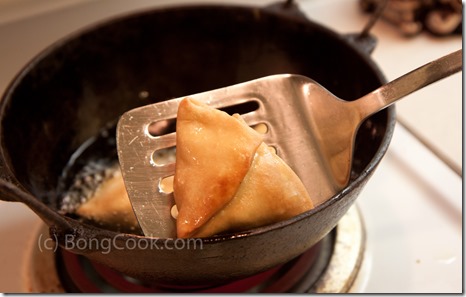
Make sure the temperature of the oil is low enough before you add the next batch of samosa.
Serve hot with masala chai.
If you want to make them ahead of time make sure you reheat them in a oven and not in a microwave.
